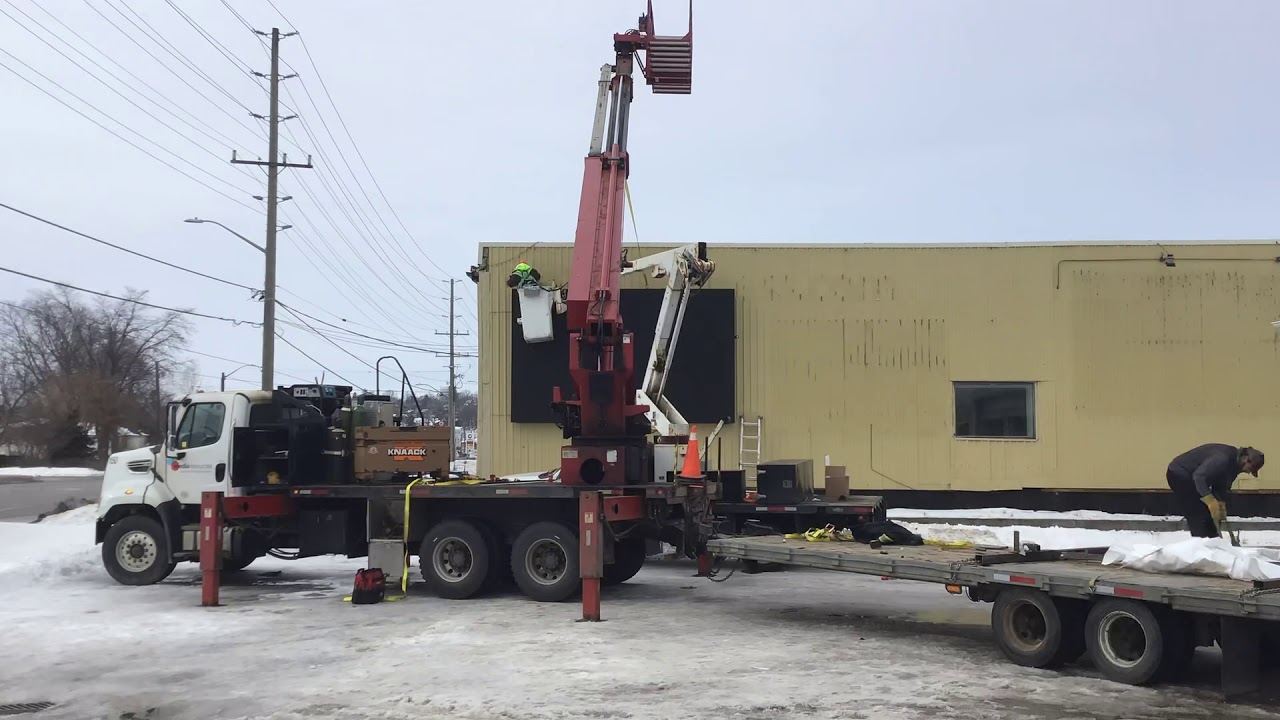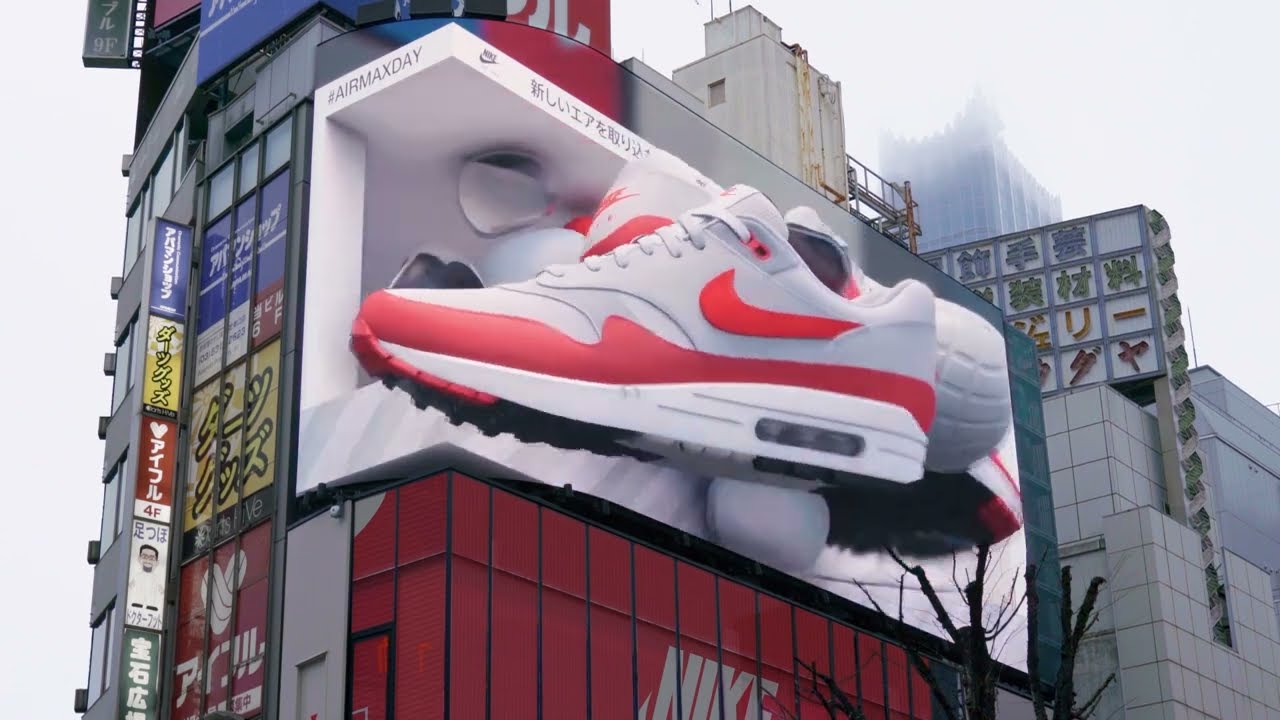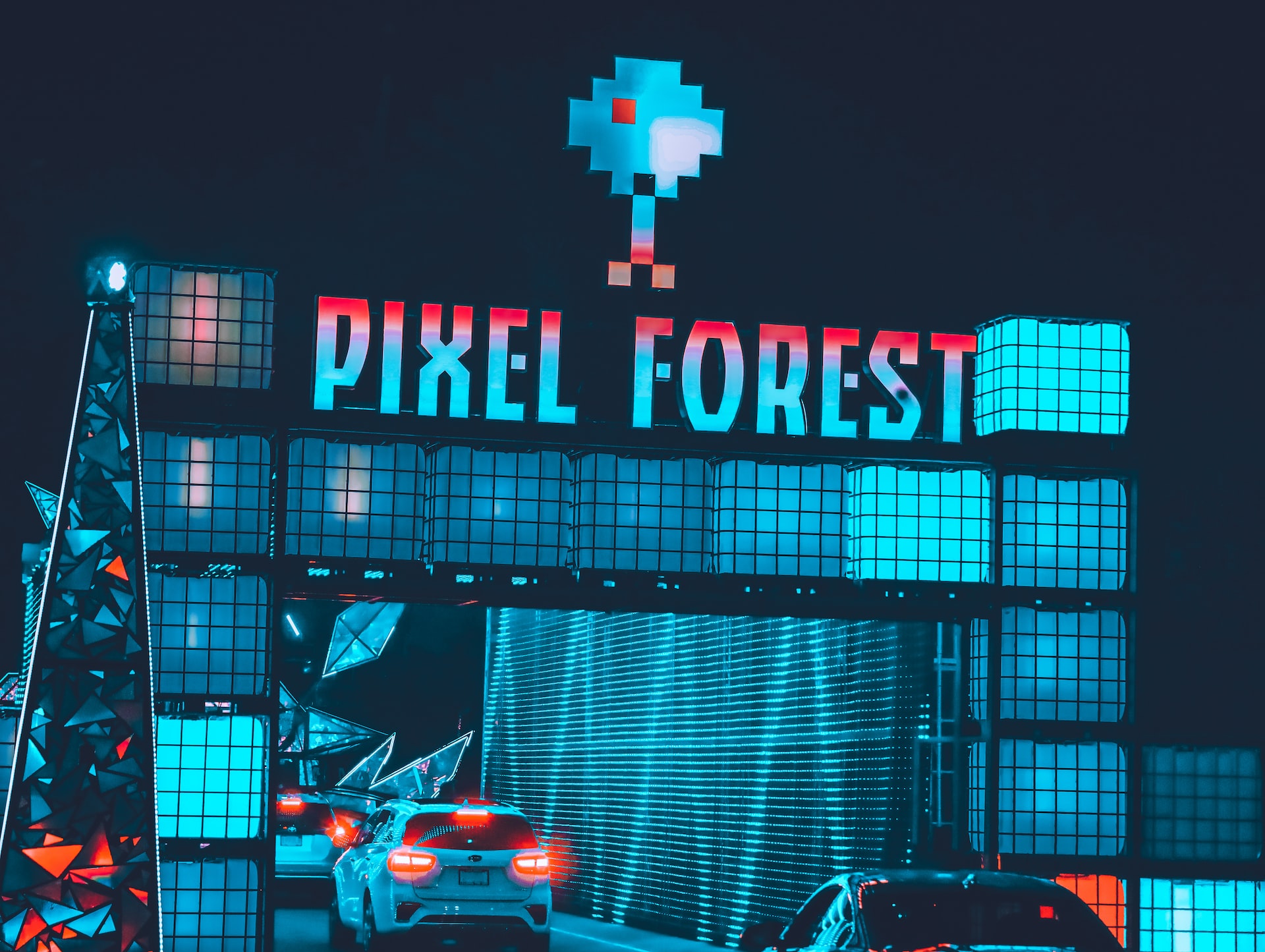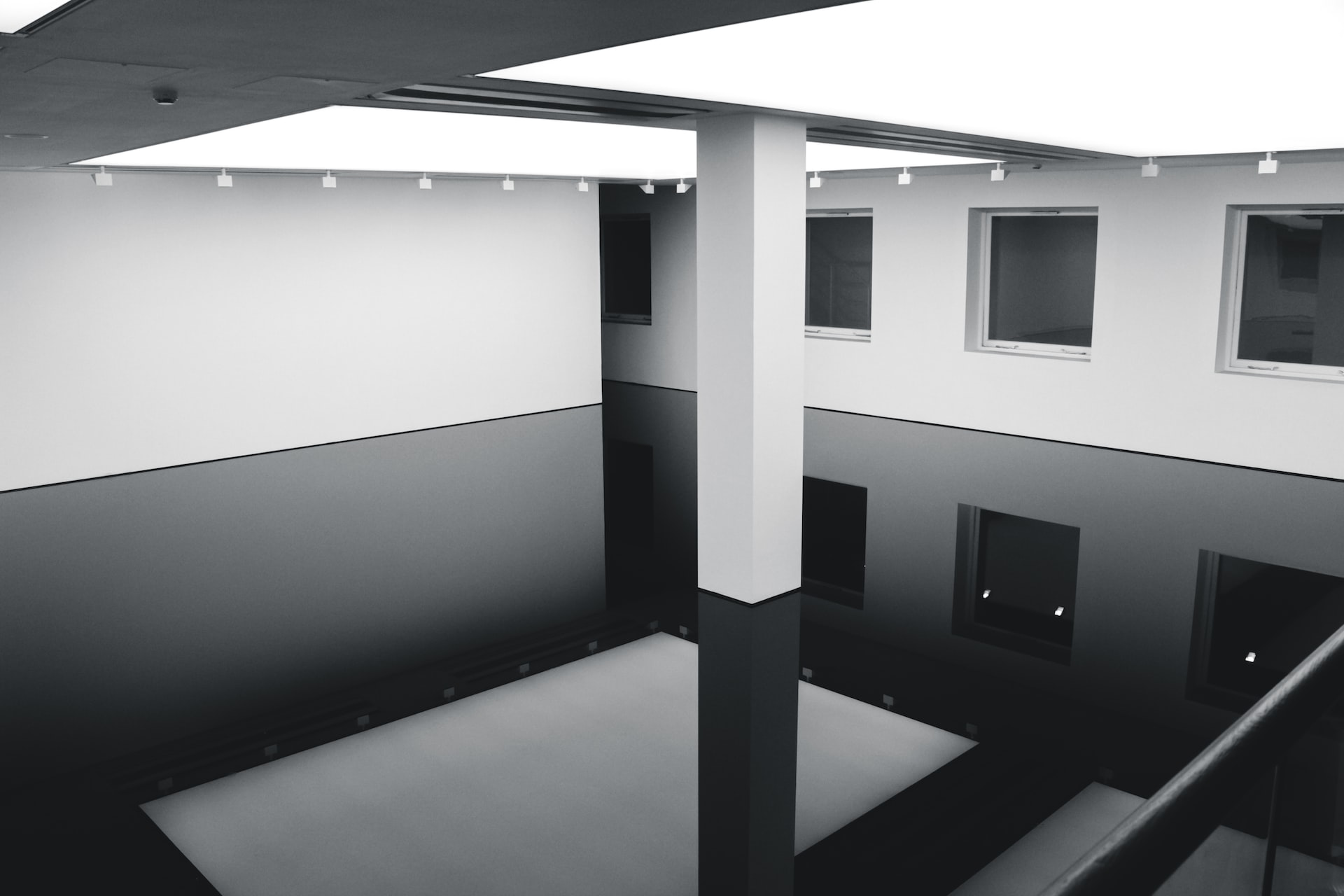How can you ensure that your advertisement stands out? Change the format.
The possibilities are endless with installation advertising(sometimes literally).
Installation advertising focuses on integrating the environment into the advertisement itself.
This strategy has a good chance of working because installation advertising gets a lot of attention and the idea is so new that it completely captivates the viewer.
They can get so much attention that they become a destination in and of themselves, drawing tourists and passersby who stop to look and take pictures.

Installation Art Advertising UAI 2013
What Is The Difference Between Installation Marketing And Advertising?
Installation advertising tries to get people's attention and, ideally, make an "Instagram moment," or something that can be shared on social media.
Installation advertising has become the marketing method of choice for many of the world's top companies over the past 30 years.
This is because it keeps people interested while they are in the store and also reaches a much larger audience by going viral.
Given the installations' unexpected nature and the organic virality they can generate online,
Branded art installations could be a very effective part of a well-rounded marketing campaign that doesn't cost too much.
Installation marketing is a way to market or advertise a product, spread a message, or make more people aware of a brand by using art installations.
This kind of marketing, which is also called ambient outdoor advertising or experiential marketinginstallations, can be used both inside and outside in public places.
What Does A Branded Installation Advertise Hope To Accomplish?
A branded installation is meant to get the customer's attention and get them involved in a real and unique way, giving them a memorable experience that is linked to the brand being advertised.
What Is The Price Of A Advertise Of Installation Art?
In art, a three-dimensional visual installation alters how space is perceived by being produced specifically for a location (in situ) and is called an installation.
The term "installation," which first appeared in the 1970s, is typically used to describe artwork made for interior spaces (such as galleries and museums).
Artwork made for the outdoors is more frequently referred to as public art or land art, or, to put it another way, as human intervention in an environment that bears their "stamp."
However, installation art is often found indoors since some artists want to confine their artistic statement to the environment of a room, which is easy for a viewer to understand.
However, an outside piece can most certainly be regarded as an "installation" of sorts.
A branded art installation's price varies depending on its size, its creator, and its location, among other things.
It may cost more if it uses pricey technologies (such as video mapping projections, multi-sensory technologies, and AR/VR), and can range from 5,000 to 200,000 euros.
How Long Does It Take To Build The Installation?
If time is of the essence, we can create art installations that can be put together in a short period of time, usually a few days.
A different way to cut down on time on-site would be to put together installation parts ahead of time.
Thoughts or creations that are bigger or more complicated may take a few weeks or, in rare cases, even a few months.
This is especially possible if there are lots of little details or if some components need to be manufactured beforehand, like welding work.
Is It Required To Repair Or Maintain Installation Ads?
The easiest approach to telling potential customers about yourself is through outdoor advertising, but it only works when the advertising structure is in good working order, meaning there are no flaws like peeling films or burned out lamps.
We don't do design work, but we can install advertising structures and take care of all of their maintenance needs, including timely repairs.
For quick and high-quality maintenance of advertising structures, we will order and deliver consumables, parts for light boxes, signs, cross-street banners, and neon lights, in other words, anything you need.
We can take down existing buildings and replace them with new ones that are the same or similar.
Is It Acceptable To Use A Brand Installation To Promote A Business In A Public Area?
Construction of a branded installation for advertising reasons typically requires obtaining city approval.

Installation of Bradfords Newest Digital Advertising Billboard!!
Top Examples Of Installation Advertising
When marketers make an ad that can also be seen as a piece of installation art, the same thing happens in our brains.
A businessgoes beyond identifying itself with a particular brand, image, or catchphrase.
It connects itself to an amazing achievement.
And amazing achievements are remembered. People discuss them. Individuals like us, for example.
So, to give you more free advertising, here are three installation adsthat we will talk about:
The European Pepsi Campaign
We'll refer to this as mobile art, also known as art in motion.
One outstanding aspect is the utilization of perspective.
The outside of the truck looks like it is made of clear glass or plastic, which makes it look like the inside of the vehicle.
It only adds to the pleasure of looking at it since the aesthetic scheme is in perfect conceptual harmony with the "Light" portion of the company name, making it an understated/subtle joke and a fantastic visual pun.
We temporarily forget that we are being persuaded into loving their stuff.
The fact that this installation advertisement travels is probably its best feature. Additionally, a huge number of people can see it because it travels.
The fact that this installation advertisement diverts attention from the road is its worst flaw.
Kit Kat
Everyone appreciates benches.
When you don't want to stand, they offer immediate relief.
You could say that benches give you a break.
Wait. Isn't the Kit-Kat motto "Give Me a Break"?
Someone on Kit-marketing Kat's team ought to receive a sizable raise for this.
Do you ever see folks purchasing a Kit-Kat and taking a selfie on the Kit-Kat bench while enjoying it?
A very innovative art piece with just KitKat and benches.
Funarea
A 12-meter-high circular net with vivid and multicolored patterns is called Funarea.
Fubiz Studio developed it for Galeries Lafayette Paris Haussmann.
The event took people back to their childhoods by setting up "fun zones" all over the store, such as football fields, Polaroid photo booths, and old arcade games.
The suspended piece, which hung just below the art deco glass dome of the department store, was the focus of the summer celebration.
The rainbow-colored project, which was accessible via a footbridge on the second level,
The transformation turned the French department store into a massive playground, enticing guests to admire the famed dome while also having fun by bouncing on the stretched surface.
Le Cube
The focus of the Los Angeles Rive Gauche exhibition in Paris was the Cube, which was made by the architecture firm MANA and skateboarder Scott Oster.
It was on display at Le Bon Marché, a department store in the French capital.
The piece was in the main atrium of the building and had a 35-degree concave skate ramp inside a silver cube that reflected light.
Le Cube, a 6-square-meter building covered in lightweight aluminum sheets, had four timber-framed bays, two of which couldtilevered over the base's smaller steel frame, giving the impression that it was floating over the shop floor.
Additionally, because of its reflecting surface, customers going along the atrium and the balconies could see their own reflections when the cube wasn't in operation.
Le Cube was both a simple exhibit and the center of many live performances, where skateboarders did some amazing tricks.
Urban Influence
This immersive installation was made by designer and engineer Nassia Inglessis of Studio INI for NYCxDesign Week.
It was made in response to a request from MINI-backed A/D/O to look into the idea of personal identities in cities.
Visitors can walk beneath a canopy at Urban Imprint, which magically rises and lowers as they do.
The installation aims to reverse the traditional interaction between individuals and urban space.
For the morphing effect, Inglessis hid 400 strings behind a mirror screen at the back of the structure and used a fully mechanical pulley system to connect the floor and the ceiling.
The platform slopes down as visitors enter, causing the pulleys to tighten and lift the roof into a dome shape.
Inglessis uses a material that resembles leather that is made of a rubber-concrete mixture and water-jet cut with patterns to create a honeycomb design that makes it flexible enough to move.
To blend in with the surroundings, it was painted a dark red tone that matched the bricks of the yard at A/D/O.

Nike Japan’s Air Max Day 3D Billboard
Raytrace
Benjamin Hubert's Raytrace gave the impression of endless space because of the way the lights were set up.
The Raytrace installation was made by designer Benjamin Hubert from LAYER and Cosentino, a leader in making and selling cutting-edge surfaces for the architecture and design worlds.
It was shown for the first time at Milan Design Week in 2019.
Dekton®, an ultra-compact surface enhanced by a unique lighting display, was used to create the installation.
Within the gloomy, atmospheric tunnels of Ventura Centrale, Raytrace was a 25-meter long and 6-meter high triangular passage that people could walk through, becoming a part of the installation.
Raytrace offered an interactive experience, showcasing the harmony between nature, light, and architecture.
Organic patterns that moved on the surfaces at the entrance caught people's eyes and brought to mind the deep stillness of the underwater world by imitating the way light reflects into water.
Visitors could see their own shadows reflected on the building's walls as they traveled through the tunnel.
At the end of the tunnel, two mirrors made it look like space went on forever and created a light show on all surfaces.
The BMW Museum
The Kinetic Sculpture, made up of 714 metal orbs, appears to float in space at the BMW Museum in Munich.
The orbs dangle from fine steel wires that are connected to separate motors under control.
The orbs create a 7-minute "mechatronic tale" that begins chaotic and settles into a six-square-meter "flying carpet" at the conclusion.
ART+COM, a company based in Berlin, says that the piece is a "metaphorical translation of the process of finding forms in art and design."
Nike's Iron Ball
During the FIFA World Cup in South Africa, Nike's 20-meter-tall, 4.75-ton Ball Man, built of 5,500 Brazilian Skill Balls, was a huge hit.
It served as the focal point of a Nike exhibit at Johannesburg's Carlton Mall Atrium.
Leicester-based An image of Carloz Tevez in three dimensions was used by Ratcliffe Fowler Design.
The Man was built so that the balls would essentially stay undamaged and could be given to the neighborhood when the show ended in August.
The World Cup Coca-Cola Man
As part of its plan to market the World Cup, Coca-Cola built a 54-foot CrateFan at the Victoria and Albert Waterfront/harbor in Cape Town.
It weighed 25 tons and was constructed from 2,500 Coke bottle crates.
Why Should Brands Be Doing Installation Campaigns?
Because brands are getting involved in the art world, we're seeing some very cool art installations.
It is a risky goal for a brand to try to reach because it could go horribly wrong and have the opposite effect of what was hoped for.
People may think that a piece of art with a brand on it is too commercial, loud, overwhelming, or an invasion of "public space."
But the right brand experience can do wonders for a businessand help it get the reputation it wants on the street.
People Also Ask
What Is The Installation Design?
Installation art is a type of art that uses three-dimensional pieces that are often made just for one place and are meant to change the way a space is seen.
What Is The Meaning Of Art In Advertising?
The graphic design used to market and promote is known as "advertising art."
Illustrations, digital development, photography, and other media are all examples of advertising art.
Persuading customers and/or communicating a message are the ultimate goals of advertising art.
Visual rhetoric takes the shape of advertising art.
What Is An Example Of Installation?
An installation is the act of putting something in, a device that stays in one place, a military post, or a piece of art that often involves building and using many different materials.
An installation would be having your new air conditioner installed.
What Are The Types Of Installation?
Physical and virtual installations can be divided into two kinds.
The installation of software is called a "virtual installation," while the installation of hard drives, wires, and modems is called a "physical installation."
Conclusion
This type of public art is cool when it is fresh, innovative, and entertaining because it attracts genuine viral attention.
Even if they are only seen online, they are fascinating and seem real to viewers because they feel as if they are experiencing them alongside people who have seen them in person.
There are many ways to improve and expand the live experience with online and in-person kiosk apps.
They are a powerful way for brands to market themselves because they help people talk about the brand, remember the brand, and have good feelings about the brand.


